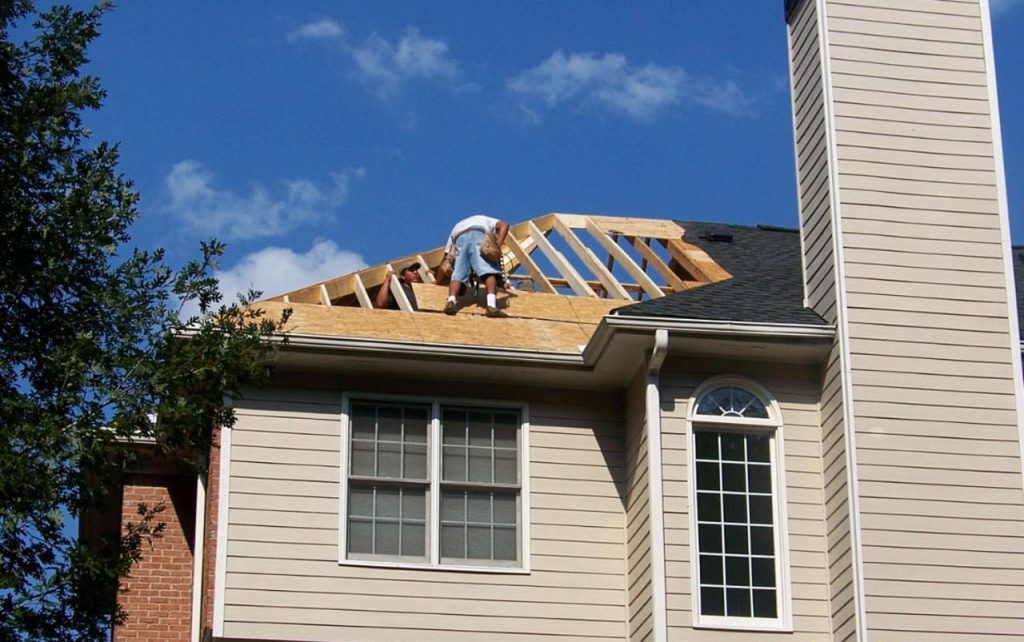When it comes to homeownership, understanding the fundamental components of your house is crucial. One of the most essential parts of any dwelling is the roof, providing shelter and protection from the elements. In this Roofing 101 guide, we’ll delve into the basics of roof structures to empower homeowners with knowledge about this vital aspect of their homes.
1. Roof Anatomy:
Roof structures are more than just shingles and tiles; they consist of several key elements. The primary components include:
- Roof Decking: The base layer, usually made of plywood or oriented strand board, providing a foundation for the roofing materials.
- Underlayment: A water-resistant layer placed between the decking and the outer roofing material to protect against leaks.
- Roof Covering: The outermost layer, which can be asphalt shingles, metal panels, tiles, or other materials providing weather protection.
- Rafters: The supporting beams forming the incline of the roof.
- Trusses: Pre-fabricated triangular structures that support the roof and distribute its weight evenly.
2. Roof Styles:
There are various roof styles, each with its unique characteristics. Common styles include:
Gable Roof: A simple, triangular-shaped roof with two slopes.
Hip Roof: All sides of the roof slope downwards to the walls, creating a more stable structure.
Flat Roof: A horizontal roof often used in modern architecture.
Mansard Roof: Characterized by a double slope on each of its four sides, creating additional living space in the attic.
Gambrel Roof: Resembling a barn roof, with two different slopes on each side.
3. Roof Materials:
The choice of roofing material significantly impacts the durability, aesthetics, and energy efficiency of your home. Common roofing materials include:
- Asphalt Shingles: Cost-effective and widely used, available in various colors and styles.
- Metal Roofing: Known for its longevity and resistance to elements, with options like steel, aluminum, and copper.
- Tile Roofing: Durable and aesthetically pleasing, often used in Mediterranean-style homes.
- Wood Shakes: Natural and rustic, offering a unique charm but requiring regular maintenance.
4. Maintenance and Care:
Regular maintenance is essential to prolong the lifespan of your roof. Tasks such as gutter cleaning, inspecting for leaks, and replacing damaged shingles should be part of your routine. Additionally, prompt repairs are crucial to prevent minor issues from turning into major, costly problems.
5. Hiring Professionals:
While some maintenance tasks can be DIY, major repairs and installations are best left to professionals. Hiring a reputable roofing contractor ensures that the work is done correctly and safely, providing peace of mind for homeowners.
Understanding the basics of roof structures empowers homeowners to make informed decisions about their homes. From roof anatomy to material choices and maintenance, this Roofing 101 guide serves as a valuable resource for those looking to enhance their knowledge of this critical aspect of homeownership.
Atlanta Roofing Specialists is a full service residential and commercial roofing company serving Metro Atlanta since 1993. Call (770) 419-2222 to schedule your inspection today!

